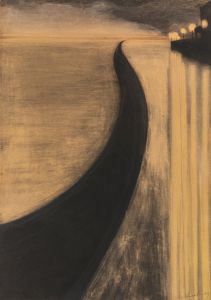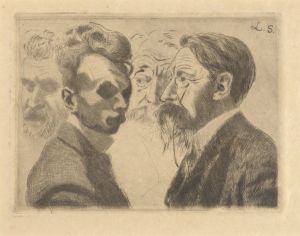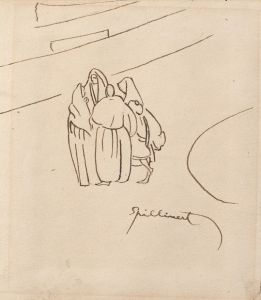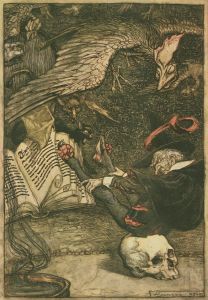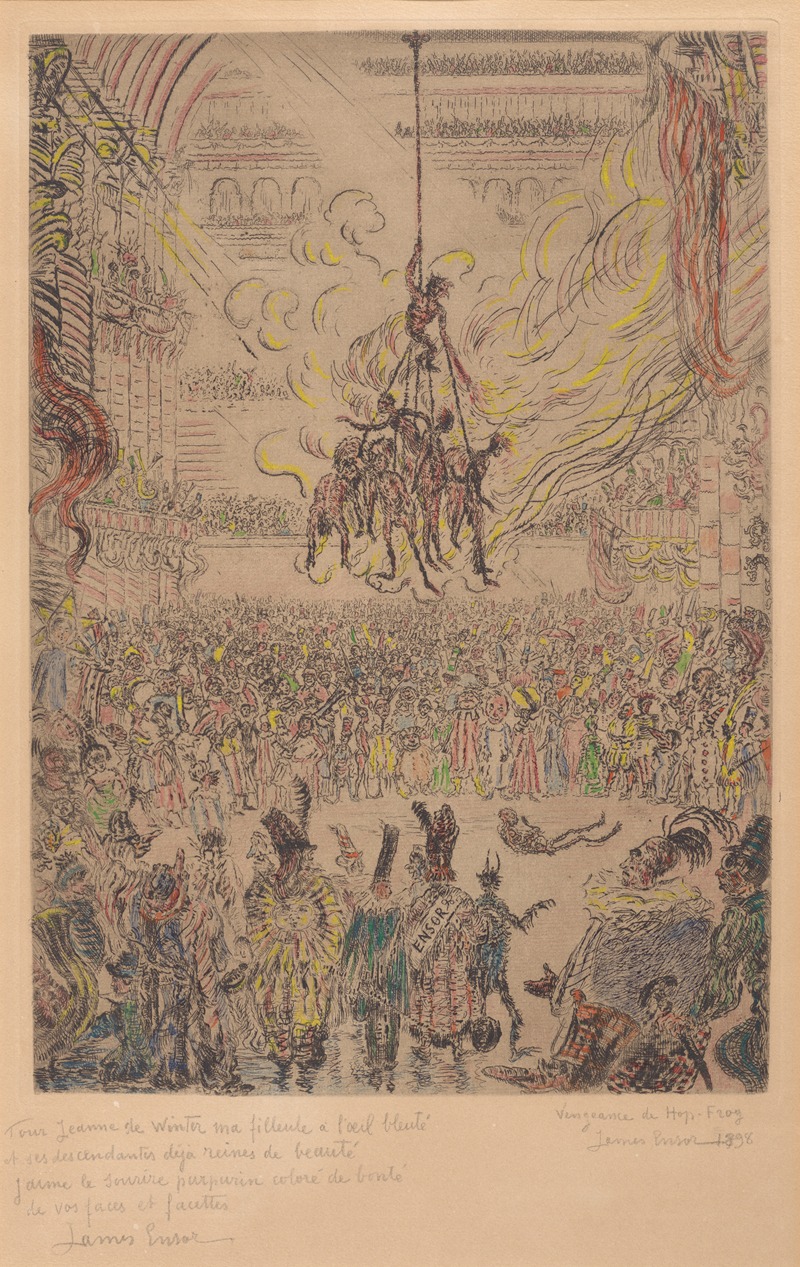
De wraak van Hop-Frog
A hand-painted replica of Léon Spilliaert’s masterpiece De wraak van Hop-Frog, meticulously crafted by professional artists to capture the true essence of the original. Each piece is created with museum-quality canvas and rare mineral pigments, carefully painted by experienced artists with delicate brushstrokes and rich, layered colors to perfectly recreate the texture of the original artwork. Unlike machine-printed reproductions, this hand-painted version brings the painting to life, infused with the artist’s emotions and skill in every stroke. Whether for personal collection or home decoration, it instantly elevates the artistic atmosphere of any space.
Léon Spilliaert (1881–1946) was a Belgian symbolist painter and graphic artist known for his unique style that often combined elements of symbolism, expressionism, and surrealism. His works are characterized by their introspective nature, use of stark contrasts, and a haunting atmosphere. Spilliaert's art often reflects his own existential musings and the influence of the coastal landscapes of his hometown, Ostend.
"De wraak van Hop-Frog" (The Revenge of Hop-Frog) is one of Spilliaert's intriguing works, though specific details about this particular piece are scarce. The title suggests a connection to Edgar Allan Poe's short story "Hop-Frog," which tells the tale of a court jester who seeks revenge on a king and his ministers for their cruelty. This narrative aligns with Spilliaert's interest in themes of isolation, inner turmoil, and the darker aspects of the human psyche.
Spilliaert's oeuvre often includes solitary figures, shadowy interiors, and desolate landscapes, all rendered with a sense of mystery and emotional depth. His work is marked by a distinctive use of color and light, often employing a limited palette to create dramatic contrasts and a sense of foreboding. This approach can be seen as a reflection of his personal struggles with health issues and insomnia, which influenced his nocturnal wanderings and the subsequent creation of many of his artworks.
While specific information about "De wraak van Hop-Frog" is limited, it can be contextualized within Spilliaert's broader body of work. His art frequently explores themes of alienation and introspection, often drawing on literary sources for inspiration. The connection to Poe's story suggests an exploration of themes such as vengeance, justice, and the complexities of human emotion.
Spilliaert's work gained recognition during his lifetime, and he was associated with the symbolist movement, which sought to express the emotional and spiritual experiences of the artist. His unique style and thematic focus have earned him a lasting place in the canon of early 20th-century art. Today, Spilliaert's works are held in high regard, with pieces displayed in major museums and collections worldwide.
In summary, while detailed information about "De wraak van Hop-Frog" is not readily available, Léon Spilliaert's artistic legacy is well-documented. His work continues to captivate audiences with its emotional intensity and exploration of the human condition, and "De wraak van Hop-Frog" likely embodies these qualities, reflecting Spilliaert's fascination with the interplay between light and shadow, reality and imagination.





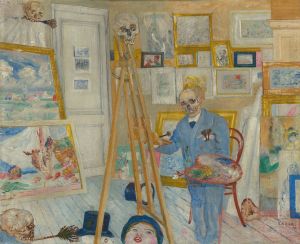
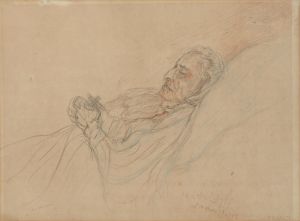
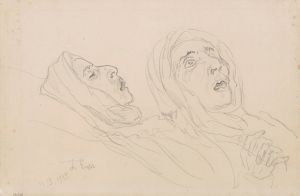
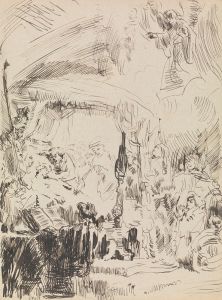
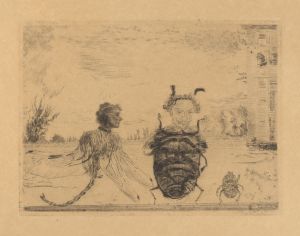
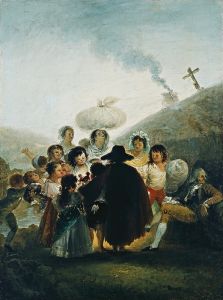
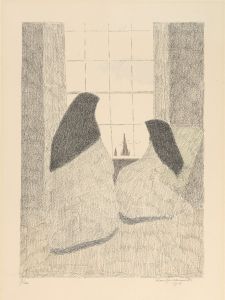
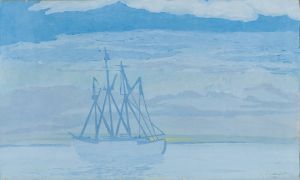
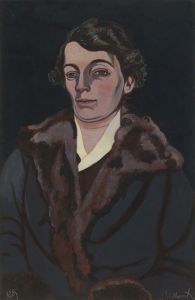
![Le Phare aux signaux [De vuurtoren]](/imgs/265487/s/leon-spilliaert-le-phare-aux-signaux-de-vuurtoren-e990bdd5.jpg)
